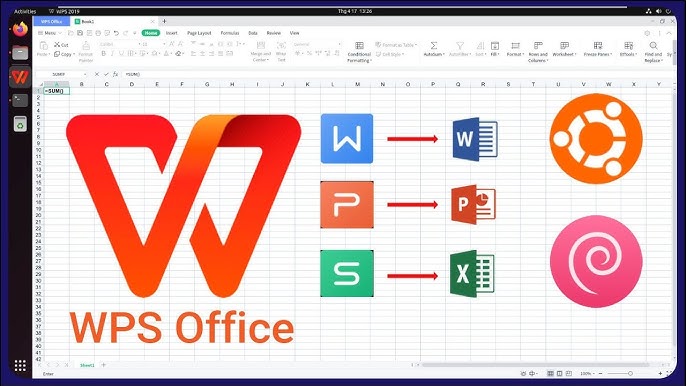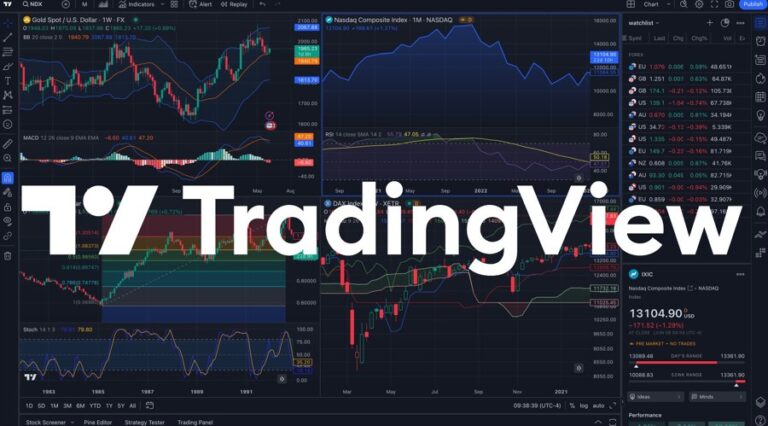The Right Way to Use Moving Averages in MetaTrader 5
Traders rely on patterns. Not just patterns in price, but patterns in behavior, structure, and routine. Few tools capture this more cleanly than moving averages. They are simple on the surface, yet when used well, can become a pillar of any trading strategy. With MetaTrader 5, moving averages can be more than just a trend line. They become context, clarity, and confirmation.
Different Averages Serve Different Purposes
A simple moving average smooths the overall trend. An exponential moving average reacts faster to recent price shifts. These two may appear similar on the chart, but the impact they have on your trading can differ dramatically.
Imagine a fast-paced intraday scalper using a 9-period EMA to identify bursts of momentum. Now compare that to a swing trader who tracks a 200-period SMA to stay aligned with the longer trend. Both are valid approaches.They just suit different needs.
MetaTrader 5 allows traders to layer and adjust these tools without limitation. You can place multiple averages on the chart, adjust their thickness, color-code them, and even save them into templates that automatically load with your preferred layout.
Making Crossovers Work with Price Action
One of the oldest strategies involves using two moving averages. When the faster line crosses above the slower one, it suggests bullish strength. When it drops below, the implication is bearish. But that’s only part of the story.
In practice, context matters. A crossover that happens near a key support zone, during high volume, holds far more weight than one that occurs in isolation. This is where MetaTrader 5 becomes useful again. You can zoom into price reactions at each crossover, test alert conditions, or place conditional orders that activate once your criteria are confirmed.
Staying in the Trend with Fewer Mistakes
Markets do not trend all the time. That is the hard truth most traders discover after a few losing trades. Using moving averages can help you avoid entering too early or chasing a move that already played out.
For example, price remaining above a rising 50-period average for several sessions suggests strength. But if the candles start crossing back and forth over the same line, it signals consolidation. Recognizing this difference can save you from overtrading.
MetaTrader 5 offers multi-timeframe chart views that make this kind of judgment easier. By comparing trend behavior across several time compressions, you avoid being misled by short-term fluctuations.
Building a Strategy Around Structure
Some traders use moving averages as dynamic support and resistance. Others rely on them purely as filters, only taking trades in the direction of the longer-term average. The versatility is endless.
The real edge comes when you define your own rule set. Use a 21-period EMA to gauge short-term moves. Add a 100-period SMA for trend confirmation. Only take trades when price pulls back into the zone between the two. And then test that system and refine it.
Back in MetaTrader 5, this entire workflow can be automated using strategy testers or applied in real time using templates and custom alerts.
In the end, moving averages are only as useful as the structure around them. On their own, they are lines. With a process, they become part of a system. With MetaTrader 5, that system becomes something you can measure, manage, and improve.






